Many of us are spending more time than ever observing or thinking about our wildlife neighbors. The critters found near us may be common, but many still exhibit fascinating behavior. Citizen science – based on backyard observations – has actually revealed new insights into backyard bird behavior and conservation trends, of importance to biologists and conservationists.
Cool Green Science has featured stories about backyard nature since its inception, and these features remain among our most popular content.
Here’s a collection of cool, surprising and bizarre facts about common wildlife, each pulled from our archives.
For each factoid, I’ve included a link back to the original story if you want to dig deeper.
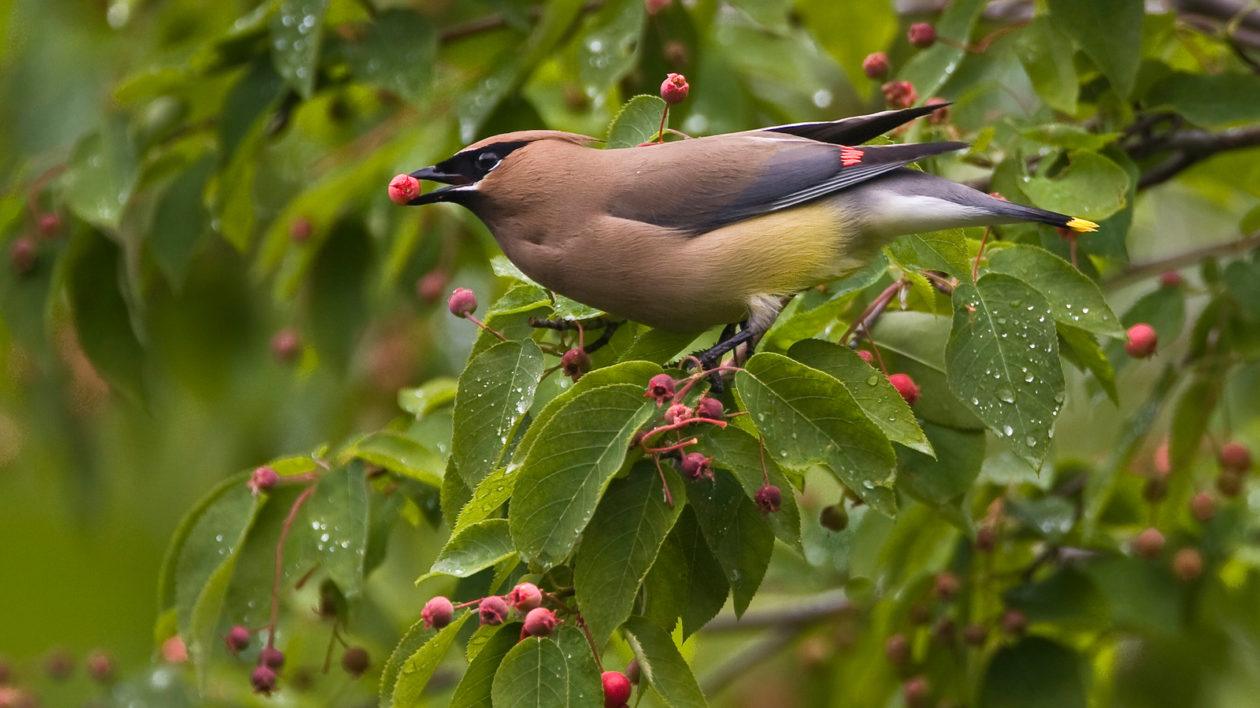
Wax On
Fact: Waxwings really do have wax wings.
Cedar waxwings are appropriately named. The bright red you see on the bird is actually a waxy secretion. The red wax tips are appendages on the bird’s secondary feathers. They’re colored by astaxanthin, a carotenoid pigment.
While it was originally thought that the red tips functioned to protect the feathers from wear and tear, there is little to no evidence for this hypothesis. Rather, red secondary tips appear to be status signals that function in mate selection.
The red appendages of Cedar Waxwings increase in number and size with a bird’s age: individuals with zero to five waxy tips are presumable immature birds, while those with greater than nine are thought to be older. Read more.
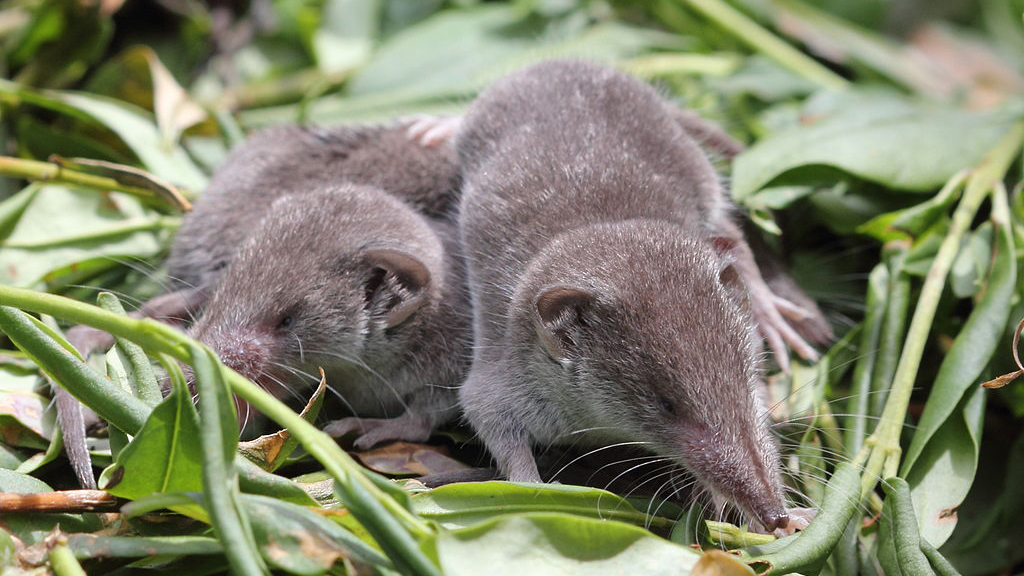
The Horrors of Shrew Venom
Fact: Some shrew species use venom to paralyze prey, which it then stores alive but immobilized for a later fresh meal.
Shrews – small, gray insectivores – are one of the most common backyard mammals in North America. They are quite secretive, but they are fascinating creatures with bizarre adaptations. A number of shrew species, for instance, are venomous.
Shrews can use this venom for something called live hoarding, a tactic that shares numerous plot points with that terrifying movie Hostel. Here’s how it works.
The shrew lacks hollow fangs (as in venomous snakes) but instead has a gland that allows saliva to flow with the venom. When the shrew encounters its prey – often an invertebrate, but it can also be a mouse or other vertebrate – it begins biting it, allowing the venomous saliva to flow into the wound.
For the prey, this is the beginning of a very bad day. The venom paralyzes the creature, but keeps it very much alive. The shrew can then move it to a cache, available for whenever hunting is not going so great. For an animal that has to eat constantly, this keeps a fresh if unsavory meal always at the ready.
The American Chemical Society reports that a mealworm can be kept, paralyzed but alive, for 15 days. Yikes.
More strange facts about shrews.
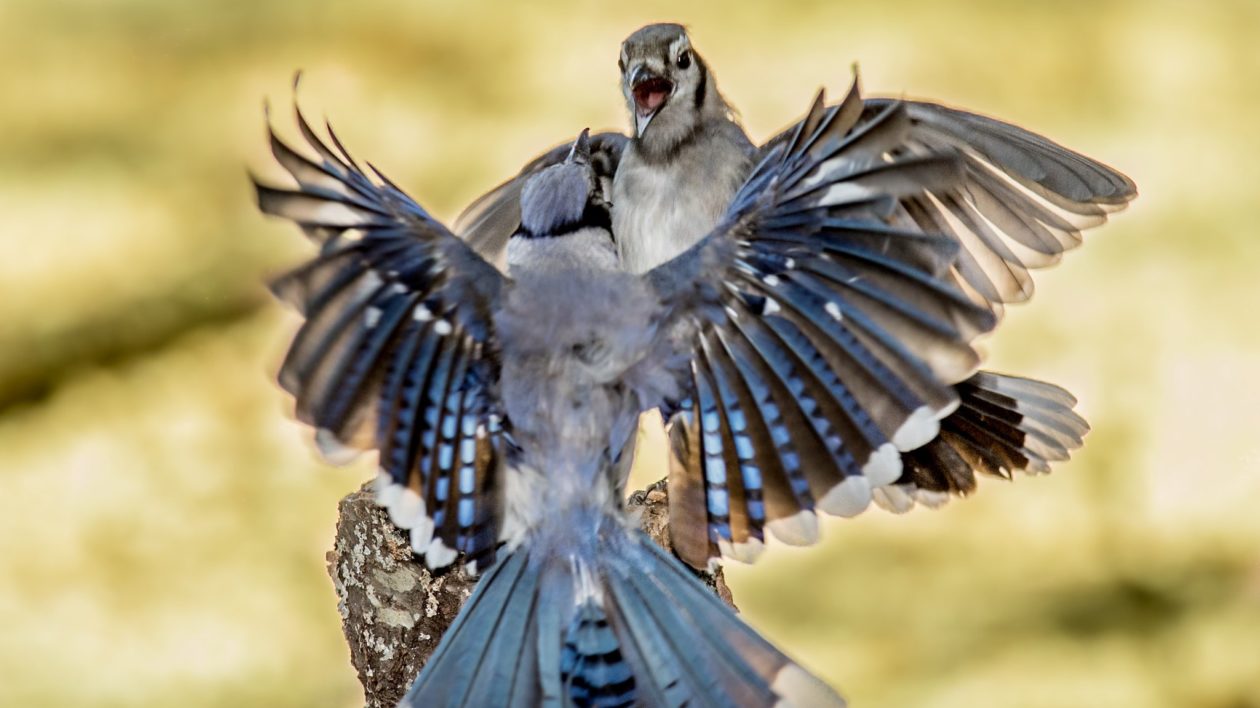
Backyard Bully?
Fact: Blue jays can imitate the sounds of hawks to scare off birds from your feeder, but their bully reputation is overstated.
Blue jays are often blamed for scaring other birds from feeders, but is their reputation deserved? They are capable of a wide array of calls, and can imitate two hawk species. Imitating a hawk call can clear the bird feeder of competitors, but it’s a short-term tactic; most birds return to feeders quickly.
The Cornell Lab of Ornithology references a Florida study that found many birds actually scare off blue jays: “Red-bellied Woodpeckers, Red-headed Woodpeckers, Florida Scrub-Jays, Common Grackles, and gray squirrels strongly dominate Blue Jays at feeders, often preventing them from obtaining food.”
Read more about blue jays and feeder dynamics.
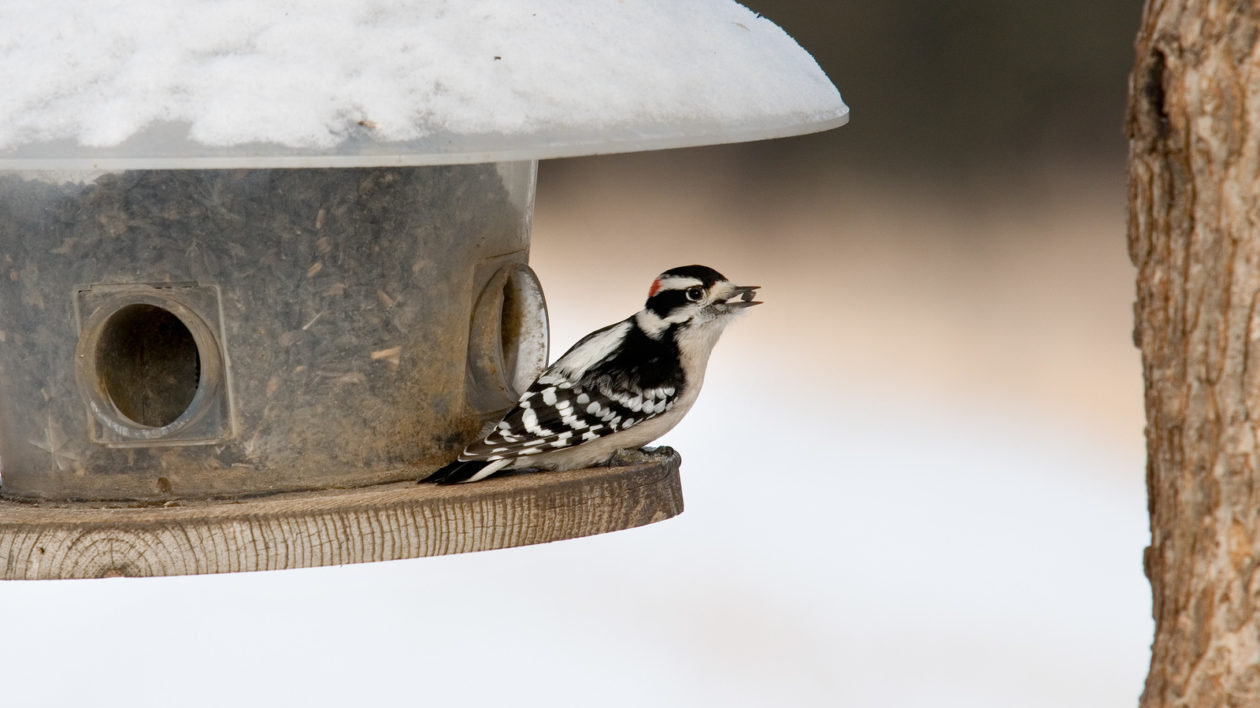
Your Ever-Changing Bird Feeder
Fact: It’s not just you. At your backyard feeder, you’re likely seeing more hawks and fewer house sparrows, plus a few new bird species.
Feeding birds is arguably the most popular nature hobby in the United States. Seeing birds come and go is relaxing, but it can also play an important role in science. Through citizen science projects, backyard birders have recorded many interesting trends in urban birds.
For instance, you really are seeing more hawks at your bird feeder. Species like Cooper’s hawks have recolonized huge swaths of cities, because the hunting is good around feeders. One study found that in the 1990s, Cooper’s and sharp-shinned hawks occupied 26 percent of sites around Chicago. Two decades later, they occupied 67 percent of sites.
House sparrows are considered an invasive pest, but interestingly, their populations have declined significantly across North America and around the world. On the flip side, house finches are beloved, but they’re also non-native over much of the continent.
Citizen birders have tracked the spread of some species. Northern cardinals are native, but they have expanded northwards, perhaps taking advantage of feeders. Eurasian collared doves are non-native, and have rapidly colonized much of the United States. Birders report them in new areas every year.
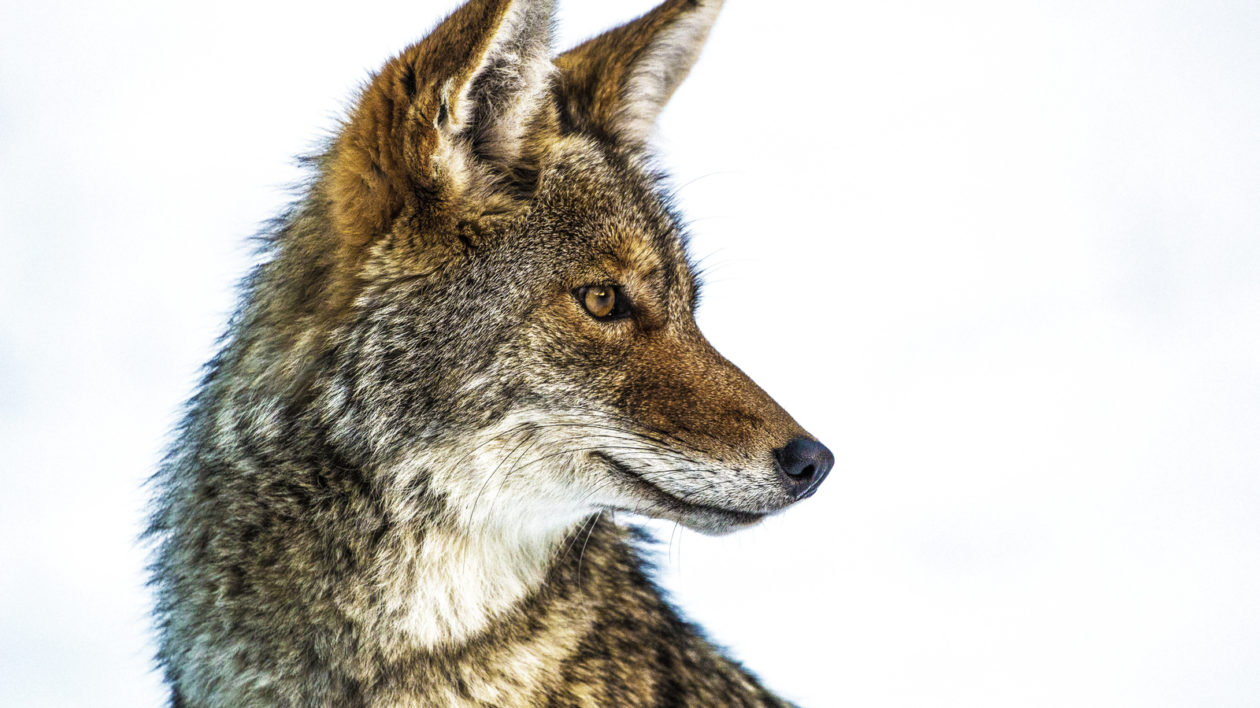
A Pack of One
Fact: You may be hearing more urban coyotes, but it’s likely not as many as you think.
Coyotes have moved into suburban and urban areas across much of North America. When you hear their howls, you might think your area has a lot of coyotes. But it’s probably not as many as you think.
Research has shown that people often grossly overestimate the number of coyotes in an area. When a couple of coyotes begin calling, their sounds can vary rapidly in pitch and sequence, which can sound like a lot more coyotes than actually are there. Coyote howls often echo against hillsides, compounding the confusion.
This actually may provide a benefit to coyotes. As they establish their territory, sounding like a big pack may deter other coyotes from entering the territory. What you think may be a pack is actually just one or two animals.
Coyotes do more than just howl. Researchers generally identify 11 vocalizations that serve a variety of functions, from alarm to warning to socialization. Read more.
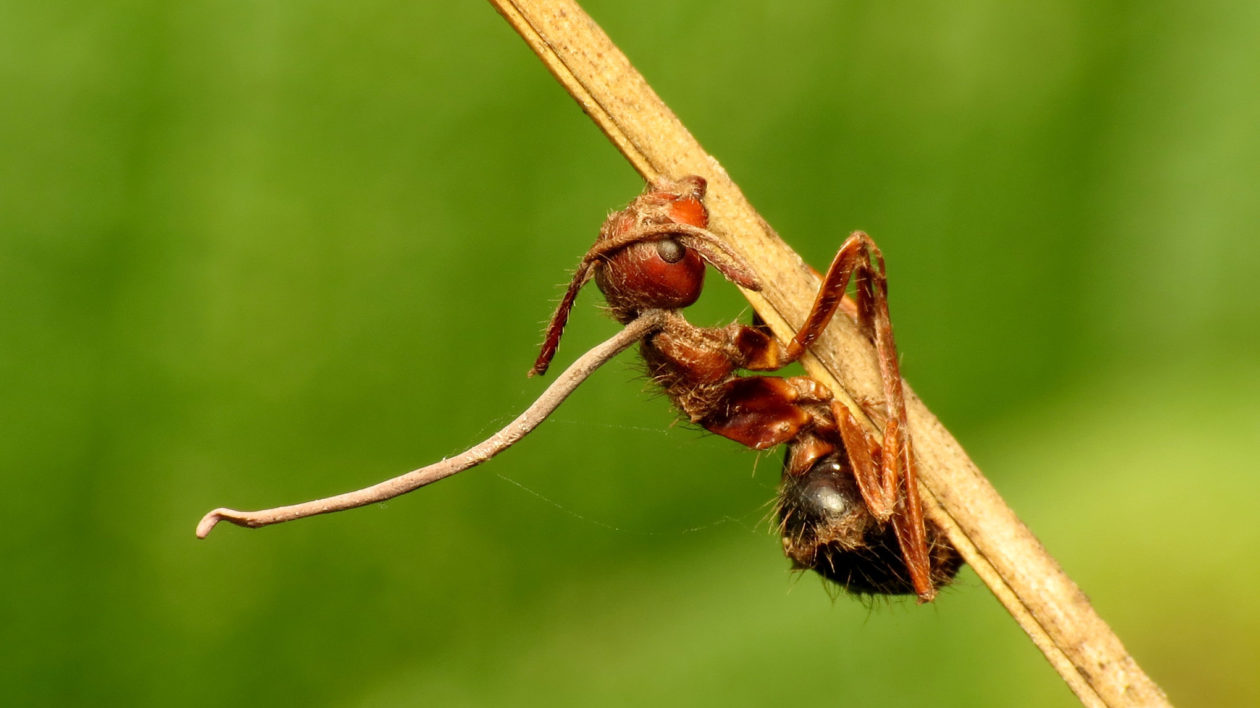
The Walking Dead, Invertebrate Edition
Fact: A parasite found in bird poop can turn your backyard sowbugs into zombies.
The sowbug (also known as the roly poly or pill bug) is an innocuous little arthropod, often caught by curious kids. But some of their habits are less appetizing than rolling into balls. For instance, they eat bird feces. Which can lead to big trouble.
Thorny-headed worms are parasites in the digestive tracts of songbirds. Parasites must find ways to spread to continue their survival, and in many cases their eggs are passed through feces. In this case, the songbird defecates thorny-headed worm eggs. The roly poly enjoys a bird dropping dinner, and picks up the egg.
Alas, the egg transforms into a worm which turns the roly poly into a zombie. The victim does indeed behave like a movie zombie, moving slowly and not hiding. This makes it easy prey for, you guessed it, songbirds. The bird gulps down the sowbug, and the thorny-headed worm has a new host. Read more stories of invertebrate zombies.
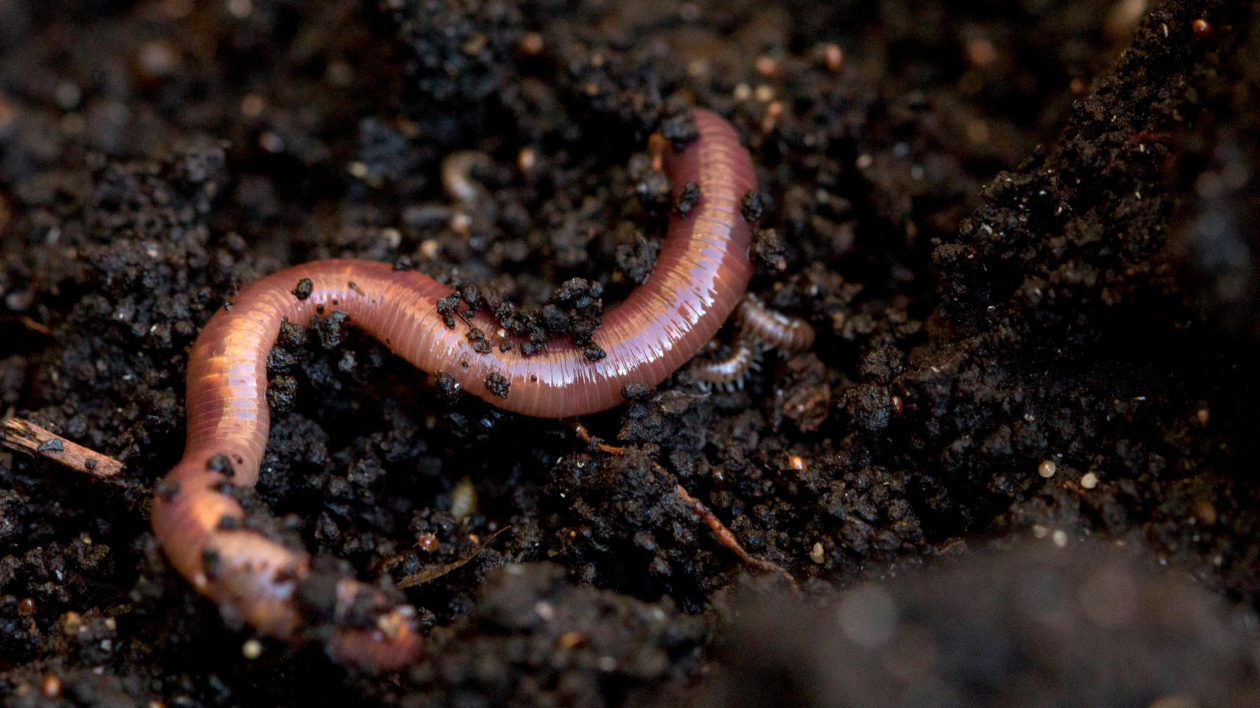
Do Earthworms Really Drown?
Fact: Most earthworms can survive prolonged submersion in water, so it’s unlikely they surface during storms to avoid drowning.
There is still some scientific debate on this, but earthworms lack lungs and most research suggests they do not come to the surface to avoid drowning. Here’s the more likely explanation.
Moving around the soil is relatively slow and difficult, even for earthworms. They can cover a lot more ground on the surface. The problem is, earthworms need to stay moist. Most of the time, they would dehydrate if they were above ground.
But when it rains, the surface is moist enough for worms to survive and remain hydrated. For a few species, they can more easily move about and find mates. For other earthworms, it may well just be a way to disperse and move into new territory. They can migrate much longer distances than they ever could underground. Read more about this backyard mystery.
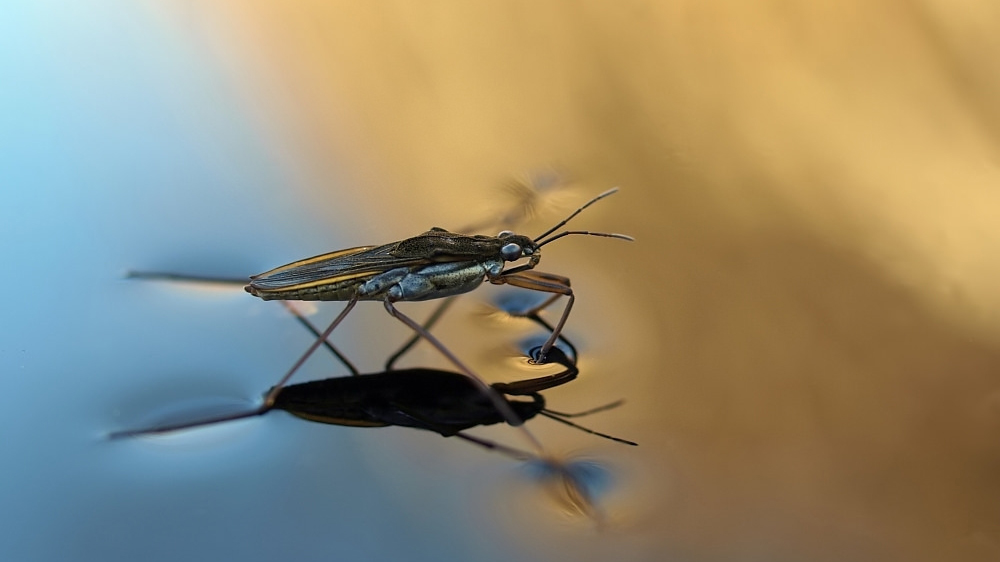
Love and Water Striders
Fact: Ecologists call water striding mating behaviors “antagonistic coevolution.” This means, in short, it’s not very romantic.
Even people who are normally creeped out by insects tend to enjoy water striders. Everything about them seems pretty benign. Except for their mating habits.
If you watch a pond’s water striders long enough, you often see two water striders on top of one another. Yes, that’s what you think it is. However, females have evolved a “genital shield” to guard against unwanted males mating with them.
The male water striders have coevolved a strategy so that the female is more likely to submit to advances. The male taps the water’s surface in a way attractive to aquatic predators. Since the female is beneath the male, and nearer the water, she will be the one first gobbled up by a fish or other hungry creature. Thus, it behooves the female to submit quickly and not deploy the shield (or “insect chastity belt,” as one reporter put it).
For water striders, love is a battlefield. More water strider facts.
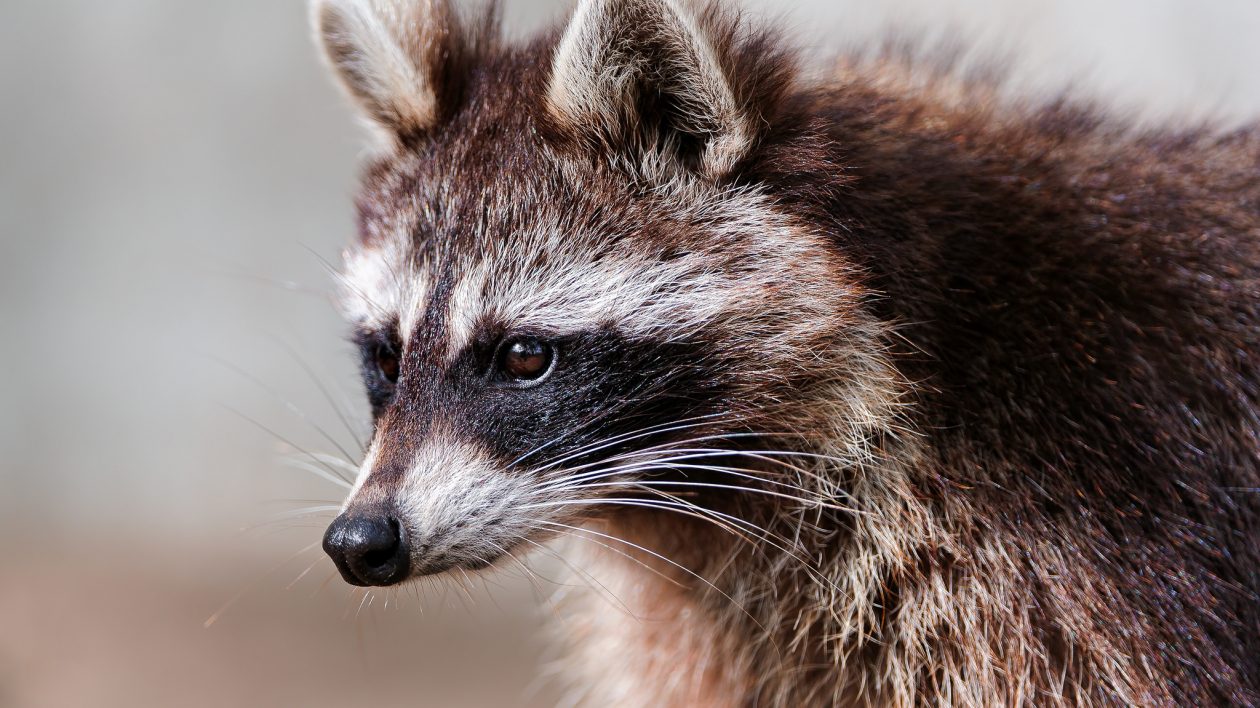
Pardon the Raccoon
Fact: In 1926, President Calvin Coolidge officially pardoned a raccoon.
Traditionally, U.S. presidents have pardoned a turkey at Thanksgiving. President Coolidge pardoned a raccoon, for much the same reason.
Coolidge received the raccoon as a Thanksgiving Day dinner gift from a constituent, who noted its “toothsome” flavor. Coolidge, who kept a menagerie that included a pygmy hippo and other creatures, thought the raccoon would make a better pet. Hence the pardon.
Since Coolidge’s presidency, raccoons have increased in population and moved into urban areas. Research has shown that raccoons live at much higher densities in urban areas. They have also become smarter and fatter than their forest counterparts. They have learned to use pet doors to access indoor food, and have learned how to best access garbage cans. Urban raccoons are prone to obesity and have elevated blood sugar levels.
Read the full story of the presidential raccoon.
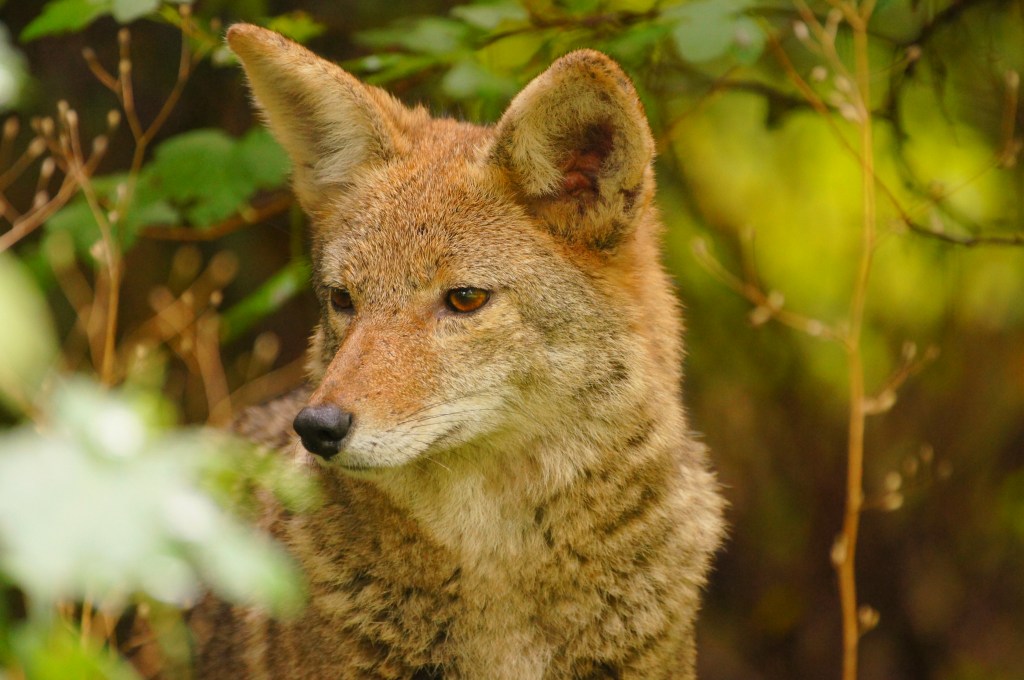



Hello, I live in suburban Cincinnati Ohio and have seen many marvelous things . Red shoulder Hawks scream loudly for their mates and have mated on a tree limb, wings red in the sun, 20′ from my window. Crows mate in crowds but are very polite and take turns. Oncea leucistic white robin came by. All the other robins avoided him like the plague.
A flock of cedar wax wings filled a service berry tree with their clownish cheeping.Wild turkeys snap up corn by the bird feeder while Northern Flickers come and hide seeds in the bark of trees. When the deer come by, they sleep , play and have fun in the large yard next door. Sometimes they hide their fawns in the tall grass. Raccoons bicker and whine late at night while coyotes yip nearby.An opposum climbed out of the bottom of a big tree and sat happily eating birdseed in the front yard.. There is always something new to see and enjoy from the wildlife of Ohio.
Your facts and information are truly amazing! I love reading these.
Love this interesting article! Thank you.